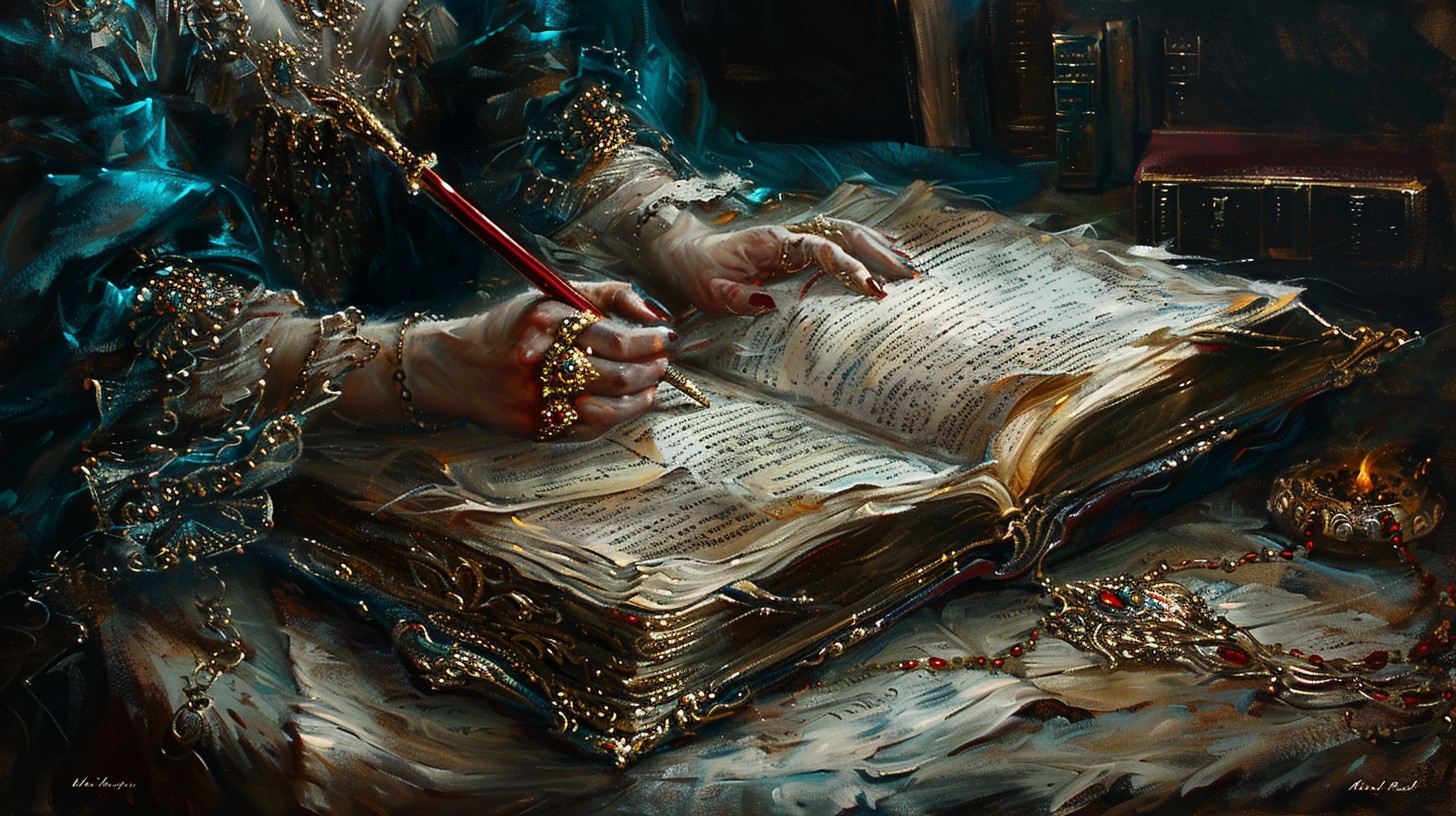
As writers, we have all experienced a common enemy: writer’s block, the paralyzing moment when we can’t find the right words or ideas, and the cursor taunts us by blinking on the empty page. There are various causes for writer’s block. Today, we’ll cover the deep-seated desire for our writing to be perfect immediately.
Some authors like to call the first draft of a story, article, or book a “garbage draft.” That’s my preferred term. Others like “vomit draft.” The purpose of the first draft is to get the story out, regardless of its quality, and those terms help writers keep this mind and to set aside the editor role until later.
Lately, I’ve wondered why we should limit ourselves in this way. I know, that doesn’t sound limiting. It sounds freeing! But I think one can fully embrace the disorder even more.
The Power of the Garbage Draft

What is a garbage draft? The idea is simple: the initial draft is crude, unrefined, and far from flawless. It involves allowing the narrative to flow freely onto the page without being limited by a desire for quality control. This change in perspective can be really liberating. This serves as a reminder that the initial draft does not need to be flawless; it simply needs to be present.
Despite using this technique, sometimes writer’s block pops up. I’ve been experiencing this to a degree lately. It’s not enough to stop my writing, but it has been enough to slow it down. So, I wondered, why not take an additional step?
Yes, I’m getting to it now!
Permission to Write Rough

What if, rather than passively acknowledging that the initial version may be of poor quality, we deliberately make our initial drafts as rough as possible? This may seem contrary to common sense, but think about it. By letting oneself write poorly, even intentionally writing poorly when we feel stuck, we can get more done. It is not merely acceptable for it to be of poor quality; we write it that way intentionally. Be bold and shut up that internal critic! You can invite them back when it’s time to revise.
Embracing the Chaos

Granting yourself permission to write badly, and even doing so intentionally, entails embracing the notion that your initial manuscript may be exceedingly unpolished. You might add scenes you’ll cut later, or discover in revisions that you need to add scenes to make sure the story makes sense. This method can be helpful when you have a sense of stagnation. Rather of worrying about finding the ideal word or creating a flawless scene, you may continue making progress, confident that the polishing process will occur at a later stage.
The Joy of Revisions
For many writers, including myself, the most enjoyable part of writing is revising the story. In this stage, you can refine and transform a rough and disorganized draft into a tight and polished narrative.
Your manuscript may need extensive revisions, but, if you’re like me, that’s where it gets really fun. I know, there are many people who enjoy writing that first draft the most, and many of them may want to create a clean initial draft. I’ve said it many times: every writer works differently, so do what works for you.
Still, for me, with each revision, I get to see the story improve: the pieces fit better together, the characters become more three dimensional, and the twists become more exciting. I get to ensure all parts of the story work together
Final Thoughts
I hope this helps other deal with yet another cause of writer’s blog. Just embrace that disordered garbage draft! Give yourself permission to not only write poorly at first, but, if you’re really stuck, write badly on purpose. You know you can later, you can make the prose sing.
“Artistry is important. Skill, hard work, rewriting, editing, and careful, careful craft: All of these are necessary. These are what separate the beginners from experienced artists.” ~ Sarah Kay